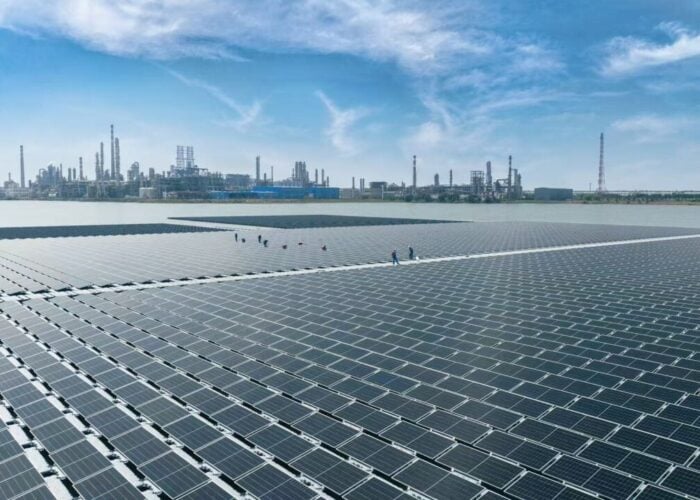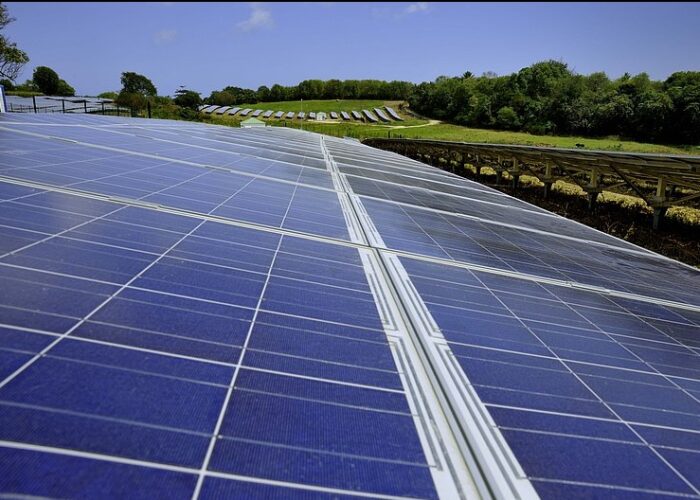The worldwide market for module-level power electronics (MLPEs), including PV microinverters and power optimisers, is expected to reach US$1 billion by 2019, according to IHS.
The market research firm said the MLPE market would grow at a compound annual growth rate of 19%, driven by growing awareness of their benefits and the apparent opportunities for generating relatively higher revenues than in the traditional inverter market.
Unlock unlimited access for 12 whole months of distinctive global analysis
Photovoltaics International is now included.
- Regular insight and analysis of the industry’s biggest developments
- In-depth interviews with the industry’s leading figures
- Unlimited digital access to the PV Tech Power journal catalogue
- Unlimited digital access to the Photovoltaics International journal catalogue
- Access to more than 1,000 technical papers
- Discounts on Solar Media’s portfolio of events, in-person and virtual
Although microinverters are more expensive than central inverter devices, they can harvest up to 25% more electicity, while power optimisers offer similar benefits although in conjunction with a central inverter.
IHS said each of the two main subsets of the MLPE market had a clear leader – Enphase in the microinverter market and SolarEdge in power optimisers, both of which have a solid base in the US.
“The United States continues to be the biggest market for MLPE this year,” said Cormac Gilligan, senior analyst, solar supply chain, IHS Technology. “Due to booming residential and commercial markets, and heightened market awareness of the benefits of microinverters and power optimisers, suppliers increased MLPE shipments.”
But significant opportunities also exist for MLPE suppliers outside the US, IHS found.
Its latest ‘PV Inverter Intelligence Service’ reveals that MLPE suppliers are gaining market share in the United Kingdom, Netherlands, France, Australia and other key markets outside the US.
By 2019, global residential and small-commercial installations are expected to reach 75GW AC, with the United States accounting for 20% of total installations.
“The growth opportunity for MLPE outside the United States is huge,” Gilligan said. “Provided microinverter and power optimiser suppliers can keep expanding into new geographical markets, and keep innovating to take advantage of energy storage and other new growth markets, there is plenty of room for both technologies in the market.”
One significant factor highlighted by IHS in the growth of the MLPE market is that suppliers appear to be thus far avoiding the hugely competitive conditions seen in the mainstream inverter market. According to the company, while traditional inverter prices fell by 16% in 2014, MLPE revenues continued to grow.
Gilligan said more module firms were becoming aware of the competitive benefits of partnering with MLPE suppliers. LGm, Jinko Solar and LG are manufacturers that have made moves into the MLPE space.
“Module suppliers recognise that adding a microinverter to create an AC module, or adding power optimisers to create a smart module in the factory, allows them to differentiate themselves from the competition and give their customers more options,” Gilligan said.
He highlighted SunPower’s 2014 acquisition of microinverter supplier SolarBridge as an indication that module suppliers will consider acquisition, rather than just partnership. “As suppliers release next-generation models, and as prices fall, we can expect more vertical integration to occur,” Gilligan concluded.






